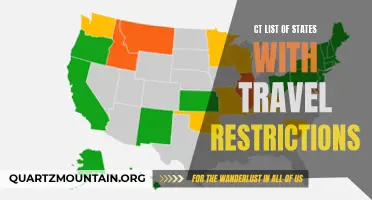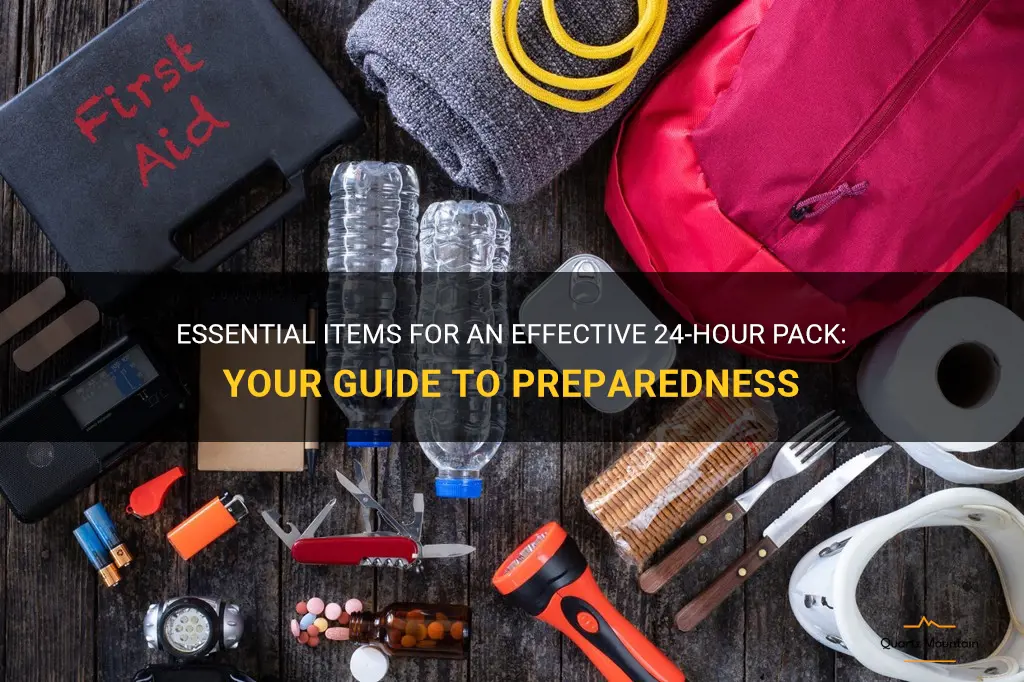
Are you prepared for any emergency situation that may arise? Having an effective 24-hour pack can be a game-changer when it comes to your preparedness. Whether you're facing a natural disaster, a power outage, or unforeseen circumstances, having essential items at your disposal can make all the difference. In this guide, we will explore the key items you need to include in your 24-hour pack to ensure that you are ready for any situation that may come your way. From food and water to tools and communication devices, we've got you covered with everything you need to know to be fully prepared. So, let's dive in and start building your ultimate 24-hour pack for ultimate readiness.
| Characteristics | Values |
|---|---|
| Size | 25-35 liters |
| Weight | 10-15 pounds |
| Durability | Durable materials, reinforced stitching |
| Comfort | Padded straps and back panel |
| Compartments | Multiple compartments for organization |
| Hydration-compatible | Built-in hydration bladder compartment |
| Water resistance | Water-resistant or waterproof material |
| Accessibility | Easy access to main compartment |
| Compression straps | Adjustable straps to tighten load |
| Waist belt | Adjustable waist belt for weight distribution |
| Sternum strap | Adjustable sternum strap for stability |
| Gear loops | Exterior loops for attaching additional gear |
| Molle webbing | Molle webbing for attaching pouches and accessories |
| Reflective details | Reflective details for visibility |
| Emergency whistle | Built-in emergency whistle |
| First aid kit | Built-in or separate first aid kit compartment |
| Rain cover | Built-in or removable rain cover |
| Energy bars/snacks | Lightweight and non-perishable snacks |
| Water bottles | At least 2 water bottles |
| Water purification tablets | Water purification tablets or filter |
| Extra clothing | Extra pair of socks, underwear, and a warm layer |
| Weather protection | Lightweight rain jacket, hat, and gloves |
| Navigation tools | Map, compass, and GPS |
| Communication | Fully charged cell phone and spare battery |
| Illumination | Headlamp and extra batteries |
| Fire starter | Waterproof matches or a lighter |
| Shelter | Emergency blanket or lightweight tarp |
| Multi-tool | Multi-tool with knife, pliers, and screwdriver |
| Cash and ID | Emergency cash and identification |
| Personal hygiene items | Wet wipes, toilet paper, and hand sanitizer |
| Prescription medications | Any necessary prescription medications |
| Emergency contact information | List of emergency contact numbers |
| Emergency whistle | Built-in emergency whistle |
| Lighter/Matches | For starting fires and lighting stove |
| Compass | For navigation |
| Rope/Cord | For securing gear or making emergency shelters |
| Duct Tape | For repairs or makeshift fixes |
| Knife | Multi-purpose knife or multitool |
| Flashlight | With extra batteries |
| Extra Clothing | Depending on weather and duration |
| Food | Non-perishable, lightweight, and easy to prepare |
| Water | Sufficient amount for 24 hours |
| Cash | In case of emergencies or unexpected needs |
| First Aid Kit | Including essential medical supplies |
| Map and Compass | For navigation |
| Whistle | For attracting attention |
| Emergency Blanket | To stay warm in emergencies |
| Emergency Shelter | Lightweight and compact shelter option |
| Personal Identification | ID card, passport, or driver's license |
| Phone Charger | Portable charger or extra batteries |
| Extra Cash | In case of emergencies or unexpected needs |
| Emergency Contact Information | Important phone numbers and addresses |
| Personal Medications | Any necessary prescription medications |
| Personal Hygiene Items | Wet wipes, toilet paper, and hand sanitizer |
What You'll Learn
- What are the essential items that should be included in a 24-hour pack?
- How much food and water should be packed in a 24-hour pack?
- Are there any specific clothing or gear recommendations for a 24-hour pack?
- Should any first aid items be included in a 24-hour pack?
- Are there any specific considerations for different environments or seasons when packing a 24-hour pack?

What are the essential items that should be included in a 24-hour pack?
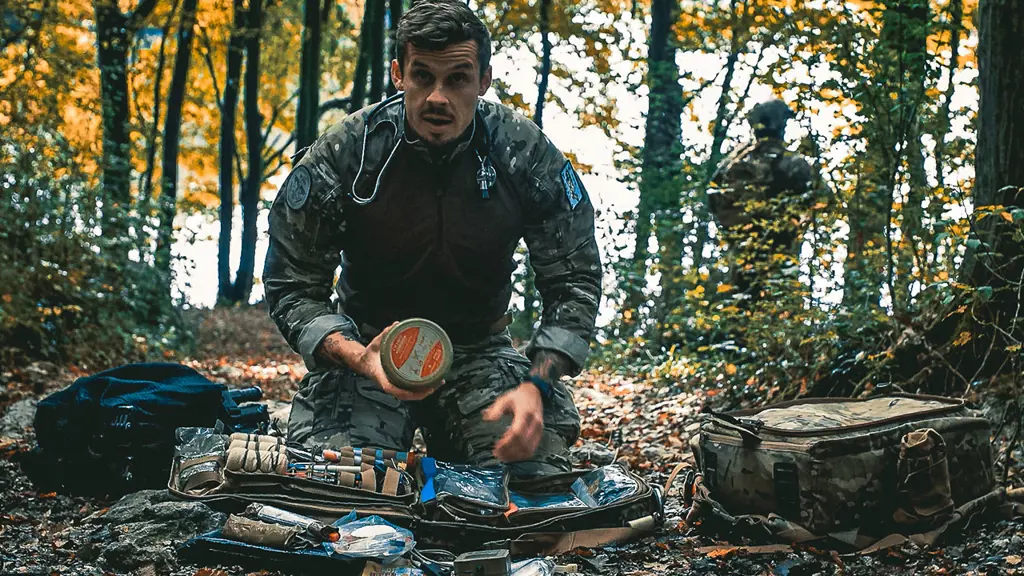
Emergency preparedness is crucial in any situation, whether it be a natural disaster, a power outage, or any other unexpected event that may leave you without access to basic necessities. One essential item to have in your emergency preparedness arsenal is a 24-hour pack. This pack should be carefully curated to provide you with the basics you need to survive for 24 hours.
So, what are the essential items that should be included in a 24-hour pack?
- Water: The most important item to have in your pack is water. The average person needs about 2 liters of water per day, so make sure to pack enough to last you 24 hours.
- Non-perishable food: In addition to water, you should also pack non-perishable food items. These can include items such as energy bars, canned fruits and vegetables, and dried meats. Make sure to choose foods that are high in calories and will provide you with the necessary nutrients to keep you fueled during an emergency situation.
- First aid kit: A first aid kit is an essential item to have in any emergency situation. It should include basic medical supplies such as adhesive bandages, gauze pads, antiseptic wipes, and pain relievers.
- Flashlight and extra batteries: In case of a power outage or if you find yourself in a dark environment, a flashlight is a must-have item. Make sure to pack extra batteries to ensure that your flashlight has a long-lasting power source.
- Extra clothing and blankets: Weather conditions can change rapidly during an emergency situation, so it's important to pack extra clothing suitable for various weather conditions. Additionally, having a blanket or sleeping bag can provide you with warmth and protection.
- Personal hygiene items: Don't forget to pack personal hygiene items such as toothbrushes, toothpaste, hand sanitizer, and toilet paper. These items may seem small, but they can make a big difference in maintaining your overall comfort and cleanliness during an emergency.
- Communication devices: It's important to have a way to communicate with others during an emergency. Include a charged mobile phone and a charger in your 24-hour pack. Additionally, a portable radio can provide you with important updates and information regarding the emergency situation.
- Cash and important documents: In the event of a disaster, ATMs and banks may not be accessible. It's a good idea to have some cash on hand in case you need to purchase essentials. Additionally, make sure to pack important documents such as identification papers, insurance information, and contact numbers for emergency services.
- Tools and equipment: Lastly, include a multi-tool, a pocket knife, and a whistle in your pack. These items can be instrumental in helping you address various emergency situations and can provide you with a sense of security and self-reliance.
It's important to note that these items are just a starting point, and you should customize your 24-hour pack to fit your individual needs and the specific situation you are preparing for. Additionally, make sure to regularly check and update the contents of your pack to ensure that everything is in working order and within its expiration date.
In conclusion, having a well-prepared 24-hour pack is essential for any emergency situation. By including the items listed above, you will have the necessary basics to survive and be comfortable for 24 hours. Being prepared can make all the difference in how you handle and recover from unexpected events.
Essential Items for Packing When Preparing for Open Nephrectomy Surgery
You may want to see also

How much food and water should be packed in a 24-hour pack?
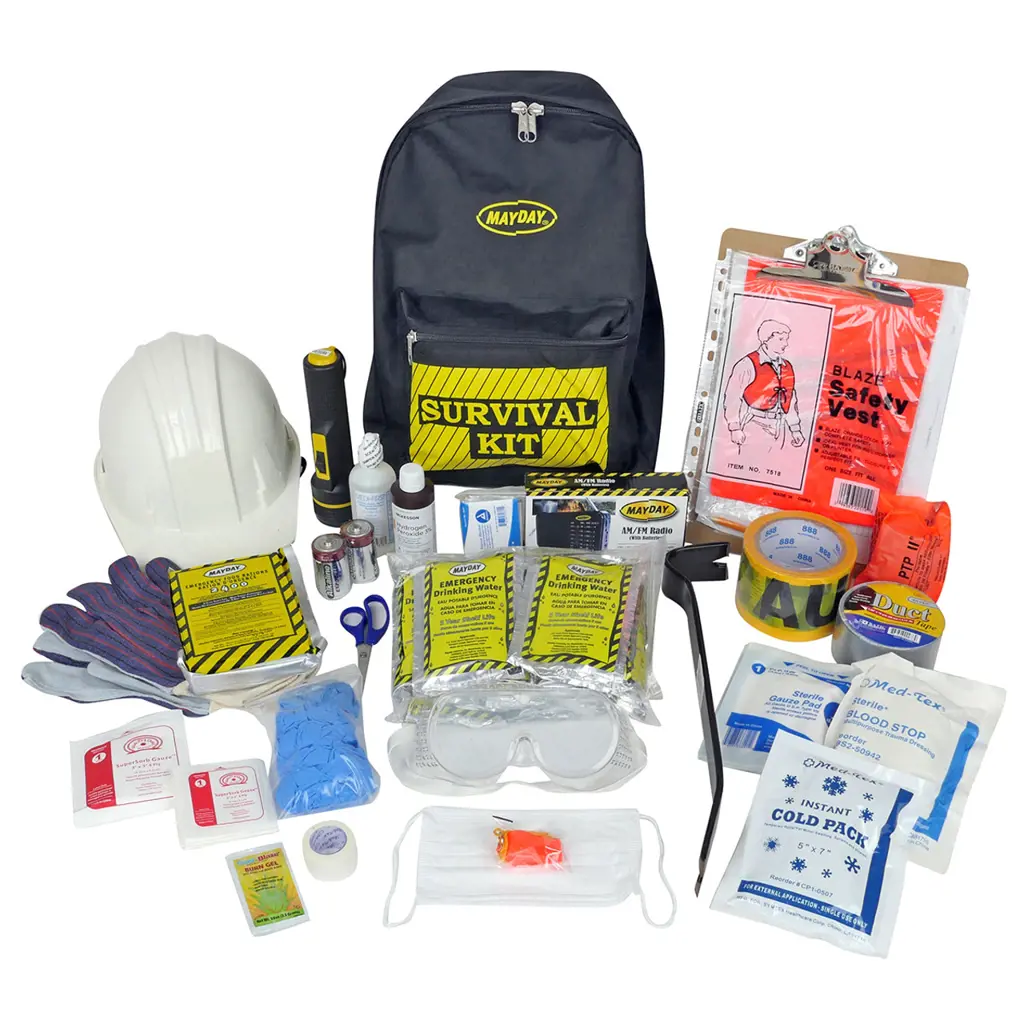
When it comes to packing a 24-hour emergency pack, it is important to include enough food and water to sustain yourself during that time period. The amount of food and water you need will depend on several factors, including your age, gender, activity level, and the environment you will be in.
In terms of water, the general rule of thumb is to pack at least one gallon per person per day. This should be enough for drinking, cooking, and basic hygiene needs. If you are in a hot climate or will be engaging in strenuous activity, you may need to pack more water to stay properly hydrated. It is always better to err on the side of caution and pack extra water if you are unsure.
When it comes to food, it is important to choose items that are lightweight, non-perishable, and easy to prepare. Some good options include energy bars, trail mix, jerky, canned goods, and dehydrated meals. Aim to pack enough calories to sustain yourself throughout the day. The exact amount will vary depending on your age, gender, and activity level. On average, adults need around 2,000 calories per day, but this can vary.
To determine how much food you need to pack, consider the following factors:
- Caloric needs: Calculate your estimated daily caloric needs based on your age, gender, and activity level. This will give you a baseline for how many calories you should aim to pack. You can find online calculators or consult with a healthcare professional to get a more accurate estimate.
- Meal planning: Think about what meals you will need to cover over the 24-hour period. Breakfast, lunch, dinner, and snacks should all be accounted for. Consider the nutritional value of the foods you are packing and try to include a balance of carbohydrates, protein, and fats.
- Portion sizes: Once you have determined how many calories you need and what meals you will be covering, you can divide your food items into appropriate portion sizes. This will help ensure that you are getting the right amount of nutrients throughout the day.
- Variety: While it may be tempting to pack a single type of food to simplify things, it is important to include a variety of options. This will help prevent food fatigue and ensure that you are getting a good mix of nutrients.
- Consider special dietary needs: If you or someone in your group has special dietary needs, such as food allergies or restrictions, be sure to pack food items that accommodate those needs.
Example meal plan for a 24-hour emergency pack:
Breakfast: Granola bar, canned fruit, and a small carton of shelf-stable milk.
Lunch: Peanut butter and jelly sandwich, trail mix, and a fruit cup.
Dinner: Dehydrated meal, crackers, and a fruit pouch.
Snacks: Jerky, energy bar, and a small bag of mixed nuts.
Remember to rotate the food and water in your emergency pack every six months to keep it fresh and replace any items that may have expired. Additionally, it is a good idea to include a small camping stove or portable water filter in case you need to purify water or cook your food.
By following these guidelines and using your own judgement based on your specific needs and circumstances, you can ensure that you have enough food and water to sustain yourself in a 24-hour emergency situation.
The Ultimate Packing Checklist for a 12-Day Vacation
You may want to see also

Are there any specific clothing or gear recommendations for a 24-hour pack?
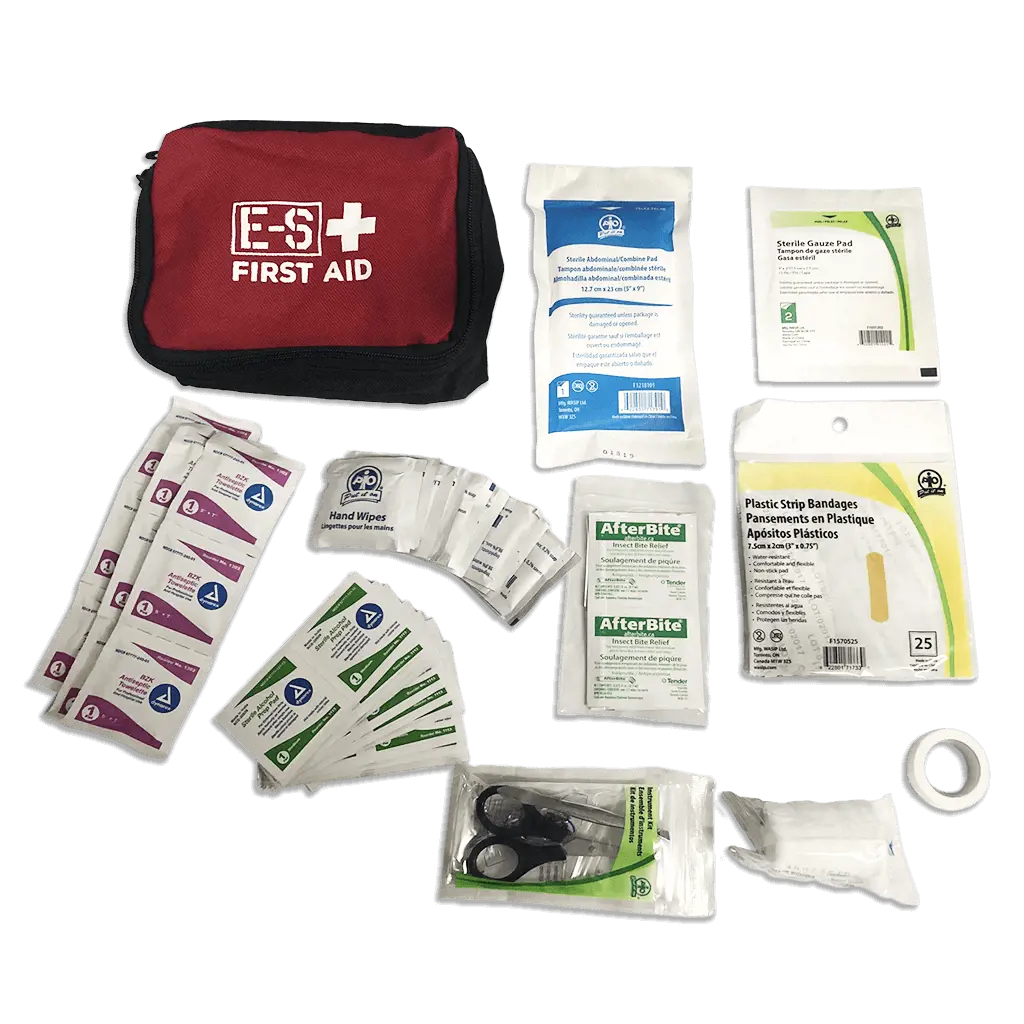
When preparing a 24-hour pack for outdoor adventures, having the right clothing and gear can make a significant difference in your comfort and safety. Here, we will discuss the specific recommendations for clothing and gear to include in your pack.
Clothing Recommendations:
- Layering System: It is important to have a layering system that allows you to adjust your clothing based on the changing weather conditions. This should include a base layer, mid-layer, and outer layer. A base layer made of moisture-wicking material will help keep you dry by pulling sweat away from your body. A breathable and insulating mid-layer, such as a fleece jacket, will provide warmth. Finally, an outer layer (such as a waterproof and windproof jacket) will protect you from the elements.
- Durable Pants: Choose pants made of quick-drying and durable materials, such as nylon or polyester. Look for pants with zip-off legs, so you can convert them into shorts if needed. Having pants with multiple pockets will also be helpful for storing small essentials.
- Moisture-Wicking Underwear and Socks: Invest in moisture-wicking underwear and socks to keep your feet dry and prevent blisters. Merino wool is an excellent choice for socks as it provides insulation even when wet.
- Hat and Gloves: Pack a hat that provides sun protection and warmth, such as a wide-brimmed hat or a beanie. Additionally, bring gloves that are waterproof and insulated to protect your hands from cold temperatures and wet conditions.
Gear Recommendations:
- Backpack: Choose a comfortable and durable backpack with a capacity of at least 30 liters to accommodate all your necessary gear. Look for a backpack with multiple compartments for better organization.
- Sleeping Bag: Opt for a lightweight and compact sleeping bag suitable for the expected temperature range. Consider the insulation type (down or synthetic) and the comfort rating to ensure a good night's sleep.
- Shelter: Depending on the conditions and your preference, pack a tent, bivvy bag, or tarp. Ensure it provides adequate protection from rain, wind, and insects.
- Headlamp: A reliable headlamp with a long battery life is essential for navigating in low light conditions or during night hikes. Look for a headlamp with adjustable brightness settings and a red light mode to preserve night vision.
- Water Filtration: Carry a water filtration system, such as a water filter or purification tablets, to ensure a safe drinking water supply during your adventure. This will reduce the weight of your pack compared to carrying excessive amounts of water.
- Navigation Tools: Bring a compass, map, and GPS device (if available) to navigate your surroundings effectively. Familiarize yourself with the area in advance and plan your route accordingly.
- First Aid Kit: Always have a basic first aid kit that includes bandages, antiseptic wipes, pain relievers, adhesive tape, and any necessary personal medications. Be prepared for minor injuries and illnesses that may occur during your trip.
Remember to pack your clothing and gear in waterproof stuff sacks or dry bags to keep them dry and organized. Additionally, it is essential to test and familiarize yourself with your clothing and gear before heading out on your trip to ensure they are in good working condition.
In conclusion, having the right clothing and gear in your 24-hour pack is crucial for your comfort and safety during outdoor adventures. Consider the specific recommendations mentioned above, and tailor your choices to the terrain, weather conditions, and duration of your adventure. Always prioritize lightweight, durable, and functional items to make the most of your outdoor experience.
The Ultimate Packing Checklist for Aviation Explorers Scouts Camp
You may want to see also

Should any first aid items be included in a 24-hour pack?
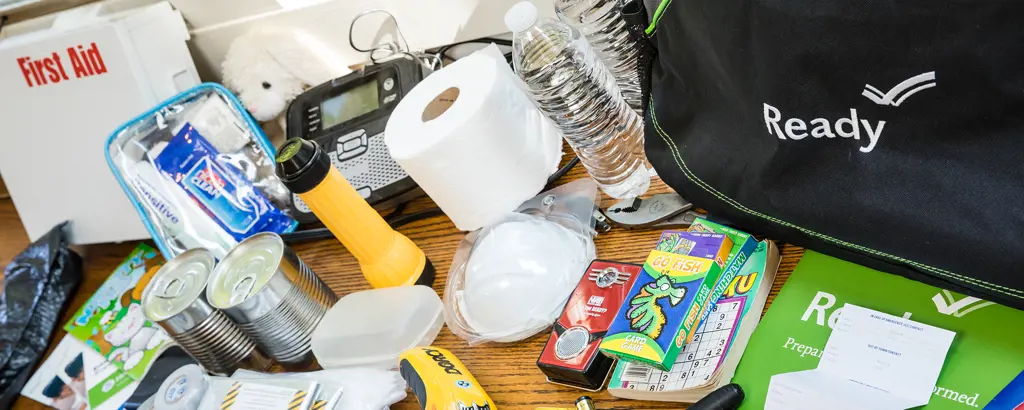
In any emergency or disaster situation, having a well-stocked 24-hour pack is essential. This pack should contain everything you need to survive for at least a day, including food, water, and shelter. However, one important item that is often overlooked is a first aid kit. Including first aid items in your 24-hour pack can be the difference between life and death in an emergency situation.
First aid kits are designed to provide immediate medical assistance in case of an injury or illness. They typically contain a variety of supplies, such as bandages, antiseptic wipes, adhesive tape, and pain relievers. These items can help treat minor injuries, such as cuts, scrapes, and sprains. They can also provide relief from pain and discomfort.
In addition to basic first aid supplies, it is also important to include any necessary medications or prescriptions in your 24-hour pack. If you or someone in your group has a chronic condition, such as asthma or diabetes, you should have extra supplies of medication on hand. This will ensure that you can continue to manage your condition even in an emergency situation.
Having a first aid kit in your pack can also be helpful in non-medical emergencies. For example, if you come across someone who is injured or in distress, you can use your first aid supplies to provide immediate assistance. This may include applying pressure to a wound, immobilizing a broken bone, or administering CPR. Being prepared and having the necessary supplies can make a significant difference in the outcome of an emergency situation.
When creating your 24-hour pack, it is important to consider the specific needs of your group. For example, if you are traveling with children, you should include items such as child-sized bandages and medications. If you are traveling in a remote area, you may need to include more extensive first aid supplies, such as an emergency tourniquet or sutures. It is also important to regularly check and replace any expired or used items in your first aid kit.
In conclusion, including first aid items in your 24-hour pack is essential for any emergency or disaster situation. These items can provide immediate medical assistance and help treat minor injuries. They can also be useful in non-medical emergencies and can make a significant difference in the outcome of an emergency situation. When creating your pack, consider the specific needs of your group and regularly check and replace any expired or used items. Remember, being prepared could potentially save lives.
Essential Items to Pack for a Memorable Cruise to Cuba
You may want to see also

Are there any specific considerations for different environments or seasons when packing a 24-hour pack?
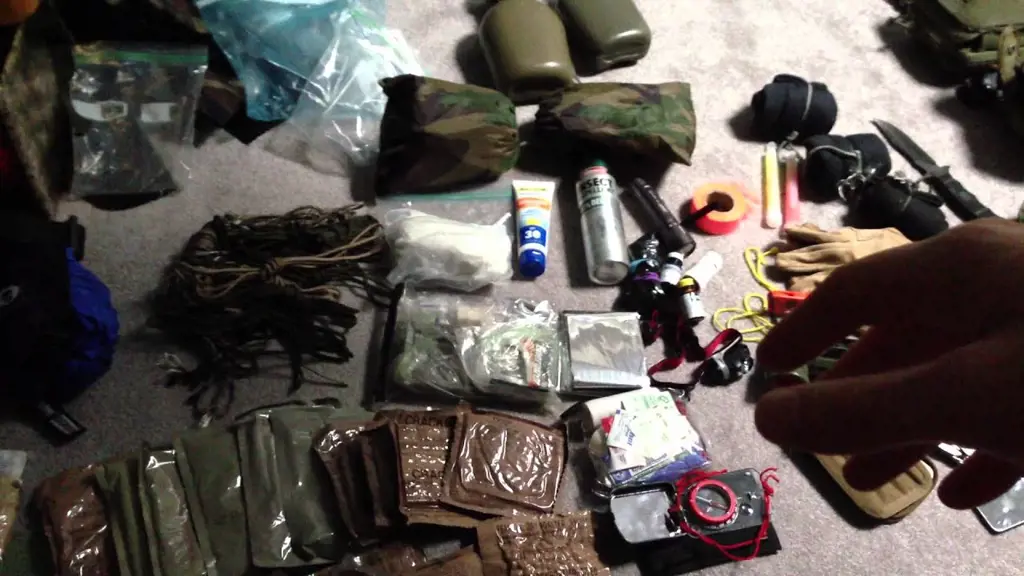
When it comes to packing a 24-hour pack, there are indeed specific considerations for different environments and seasons. The items you need to include in your pack will vary depending on whether you are in a hot and arid desert, a cold and snowy mountain, or a humid and mosquito-infested jungle. Additionally, the items you pack may also change with the seasons, as weather conditions and the availability of resources can fluctuate throughout the year. In this article, we will discuss some of the key considerations for different environments and seasons when packing a 24-hour pack.
Hot and arid environments:
When preparing for a hot and arid environment, such as a desert, it is essential to pack items that will help you stay hydrated and protected from the sun. Water should be your top priority, so pack enough water bottles or a water bladder to keep you hydrated throughout the day. Additionally, include items like a wide-brimmed hat, sunglasses, and sunscreen to protect yourself from the intense sun. If you anticipate cold desert nights, pack a lightweight jacket or sweater to keep warm.
Cold and snowy environments:
For cold and snowy environments, such as mountains or winter hikes, it is crucial to pack items that will keep you warm and dry. This includes layering clothing, with items like thermal base layers, insulating mid-layers, and waterproof outer layers. Don't forget to pack warm accessories like gloves, hats, and scarves, as well as sturdy boots and warm socks. It is also advisable to bring traction devices for your shoes, such as crampons or microspikes, to prevent slipping on icy surfaces.
Humid and mosquito-infested environments:
When venturing into a humid and mosquito-infested environment, such as a jungle or swamp, it is essential to pack items that will protect you from insect bites and keep you dry. Insect repellent containing DEET or picaridin is a must-have, as well as mosquito nets and clothing treated with insect repellents. Lightweight and breathable clothing is recommended to help you stay cool and comfortable in the humid climate. Pack a rain jacket or a poncho to protect yourself from sudden downpours.
Seasonal considerations:
Seasons can significantly impact the items you need to include in your 24-hour pack. During the summer, it is crucial to pack extra water and items to help you stay cool, such as a bandana soaked in water or a portable fan. In the spring and fall, consider packing additional layers of clothing for fluctuating temperatures. During the winter, prioritize warm clothing and gear to keep you safe from the cold and hypothermia.
In conclusion, packing a 24-hour pack for different environments and seasons requires careful consideration. It is important to tailor your pack to the specific needs of the environment you will be in, whether it is a hot and arid desert, a cold and snowy mountain, or a humid and mosquito-infested jungle. Additionally, the items you pack may also vary with the seasons, as weather conditions and the availability of resources change. By taking these specific considerations into account, you can ensure that you are adequately prepared for any situation that may arise during your 24-hour adventure.
The Essential Packing Guide for Exploring Haleakala National Park
You may want to see also
Frequently asked questions
When putting together a 24-hour pack, it is important to include supplies that will allow you to survive for a day. Some essential items to include are non-perishable food items, water, a first aid kit, a flashlight, a multi-tool, extra clothing, a personal hygiene kit, and a communication device such as a cellphone or radio. These items will help ensure your basic needs are met in case of an emergency or unexpected situation.
It is recommended to pack at least 1 liter of water per person for a 24-hour period. However, this amount may vary depending on the climate and level of physical activity. As for food, it is advisable to pack non-perishable items that require little to no preparation, such as energy bars, canned goods, or freeze-dried meals. Aim to have around 1,500 to 2,000 calories worth of food per person per day to sustain energy levels.
When packing clothing for a 24-hour pack, it is important to consider the weather and potential environmental conditions. Include items such as a waterproof jacket, extra socks, a hat, and gloves to protect yourself from rain, wind, or cold temperatures. Additionally, pack sturdy and comfortable footwear that is suitable for walking or hiking, depending on the terrain you may encounter.
In addition to the basic essentials, there are a few other items you may want to consider including in your 24-hour pack. These could include a whistle for signaling for help, a lightweight shelter or tarp, a compass or map, extra batteries for your flashlight, a pocket knife, and a small amount of cash or important documents like identification or emergency contact information. It is a good idea to personalize your pack based on your specific needs and the potential risks you may encounter in your environment.







